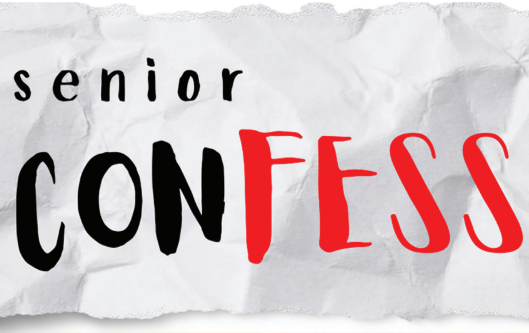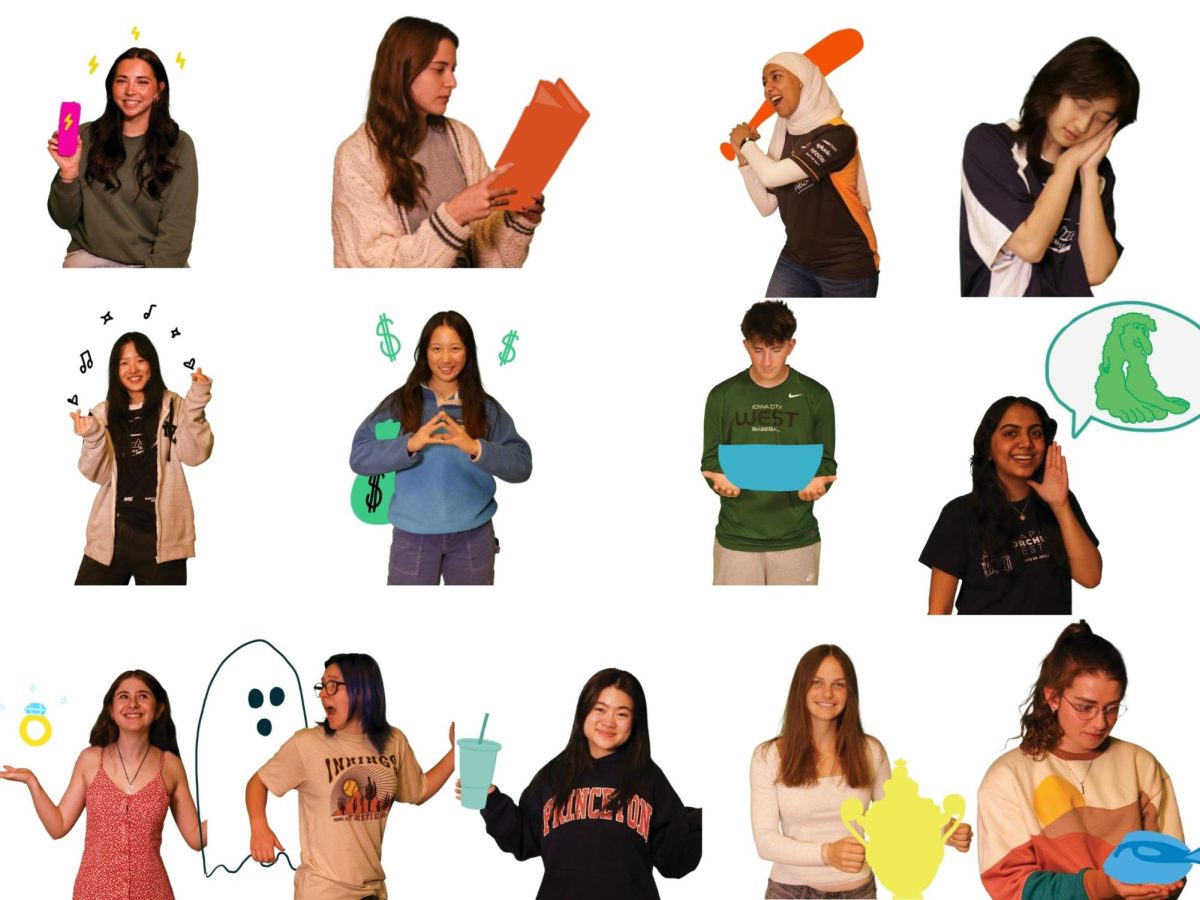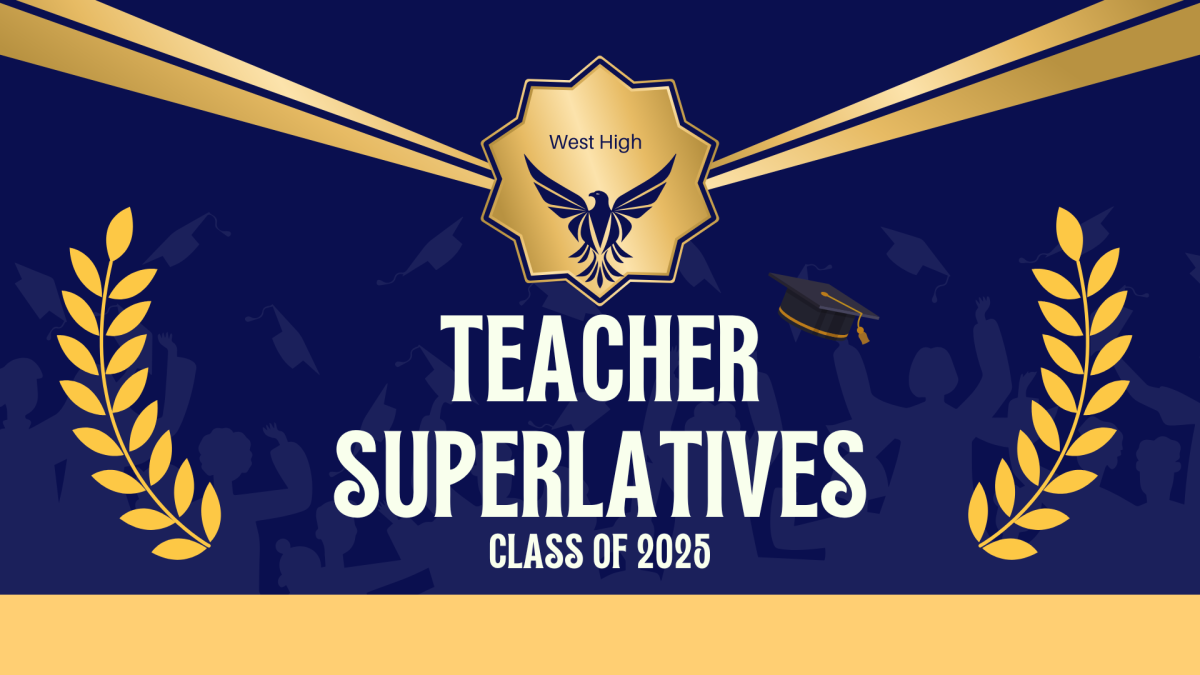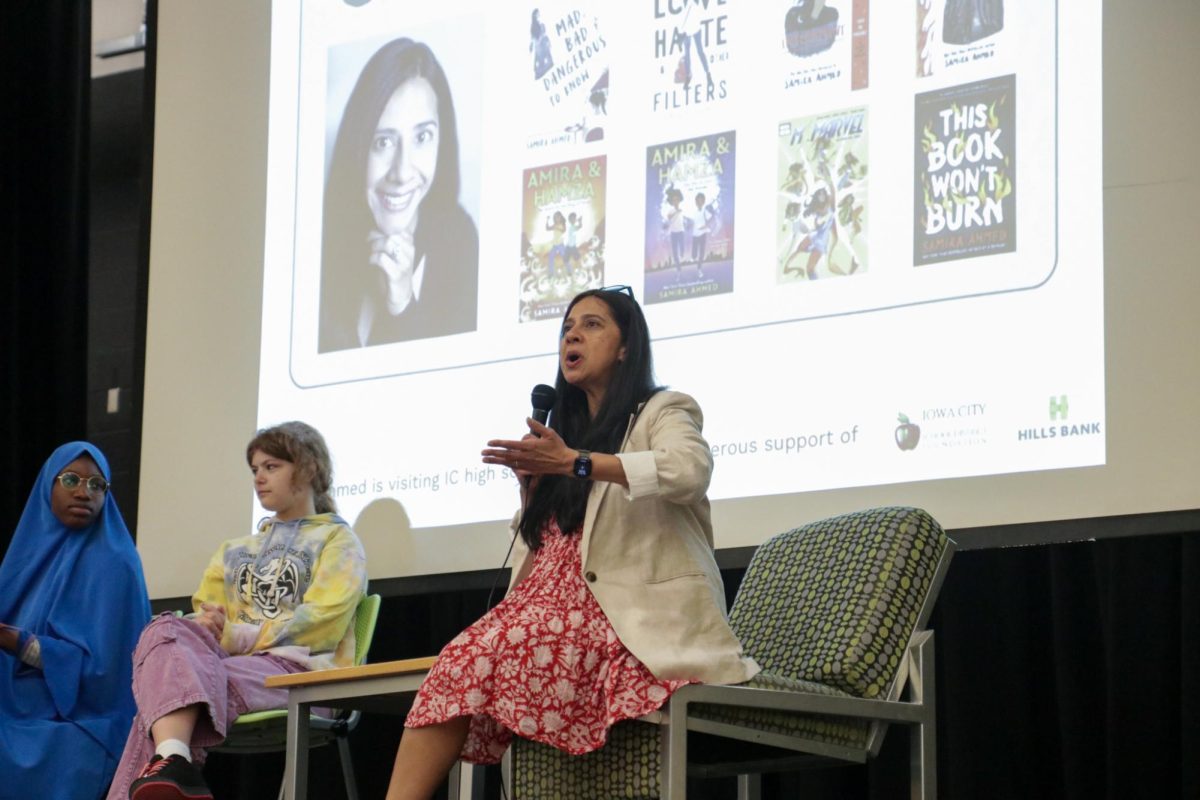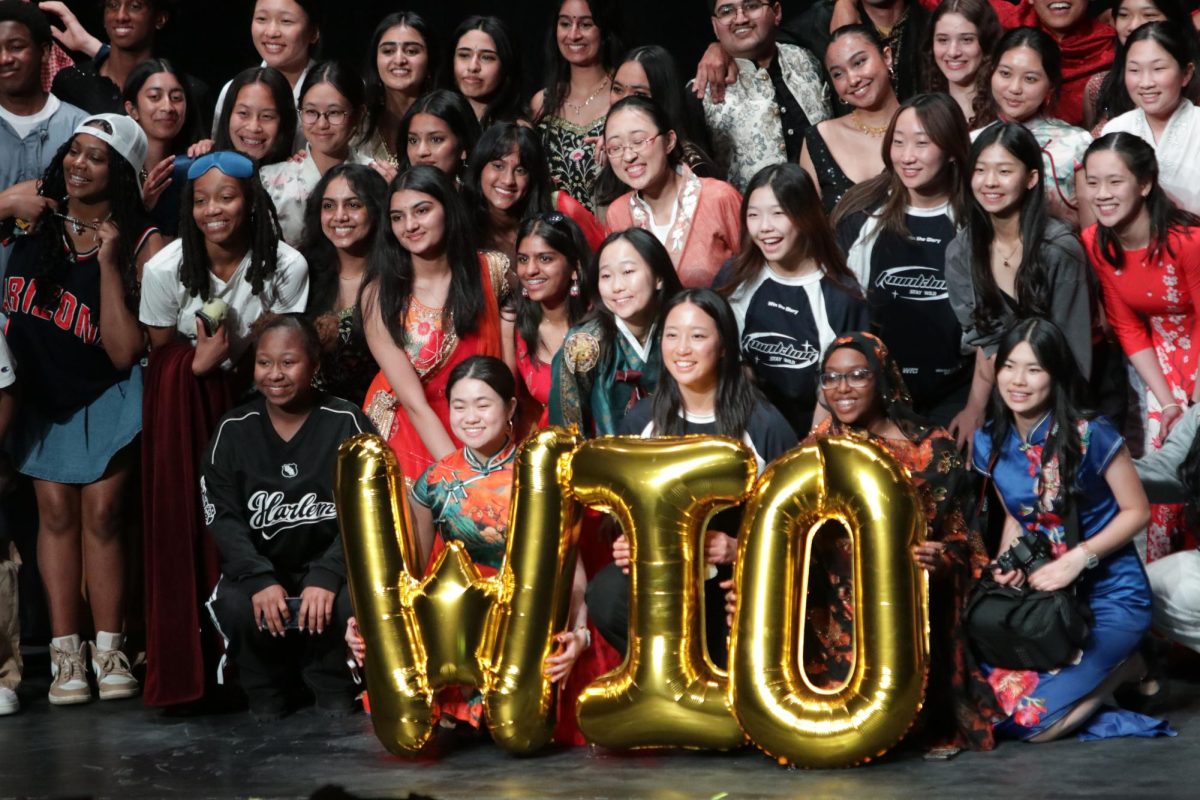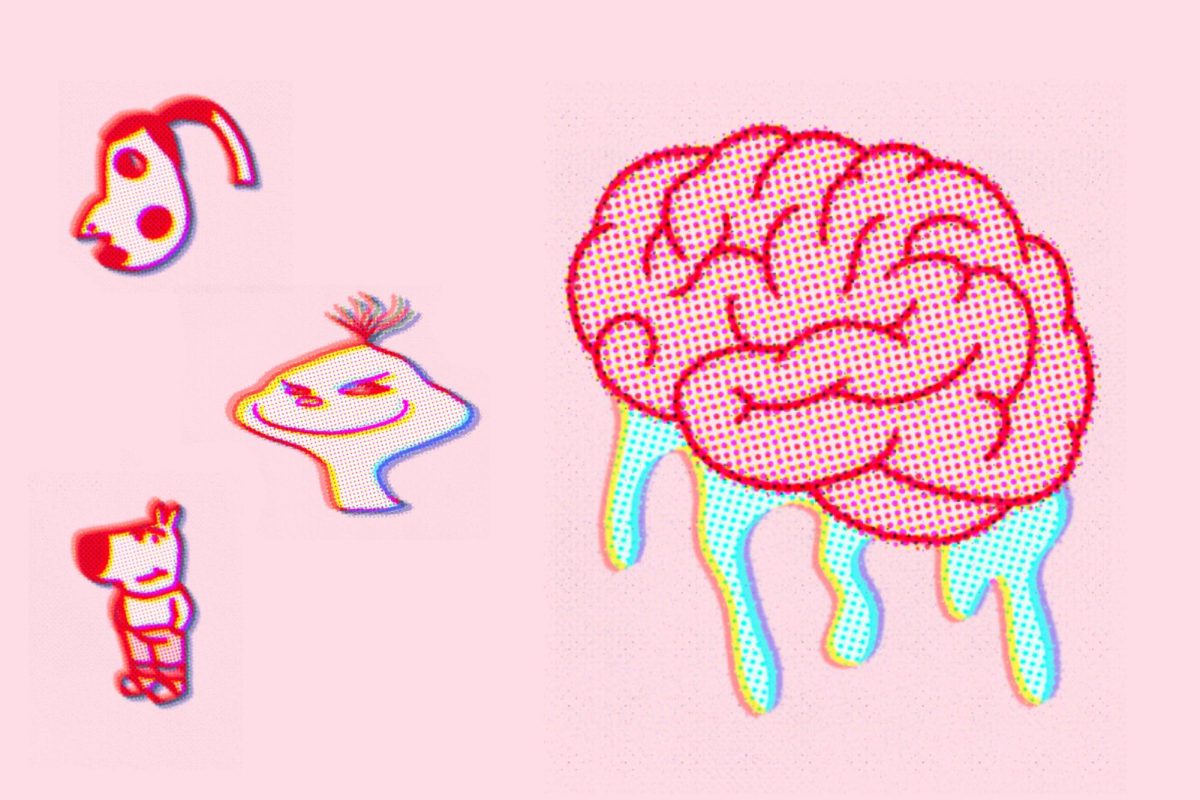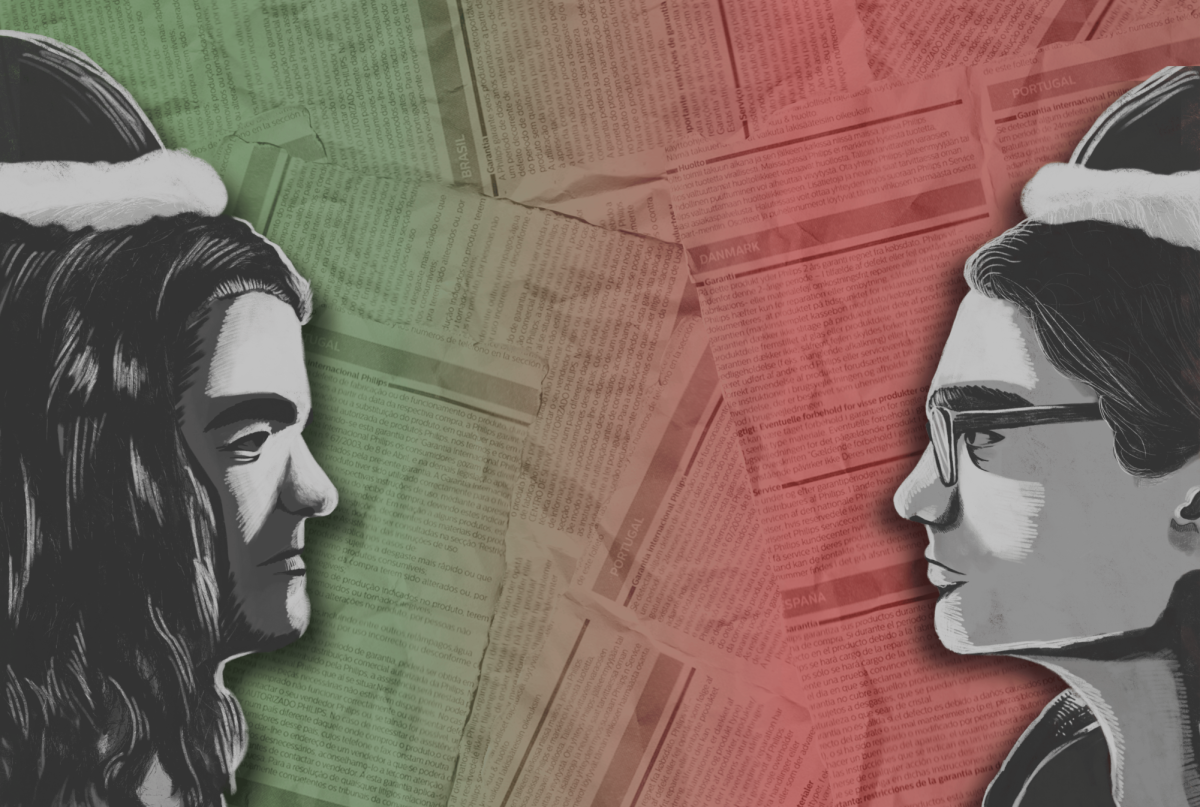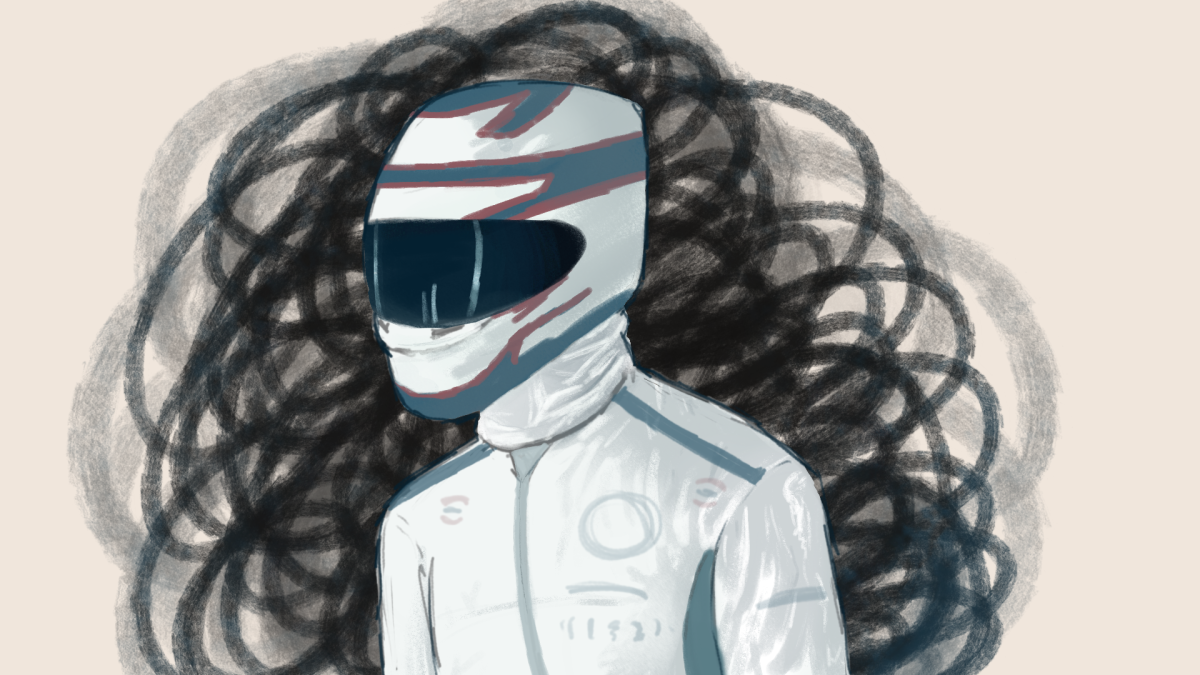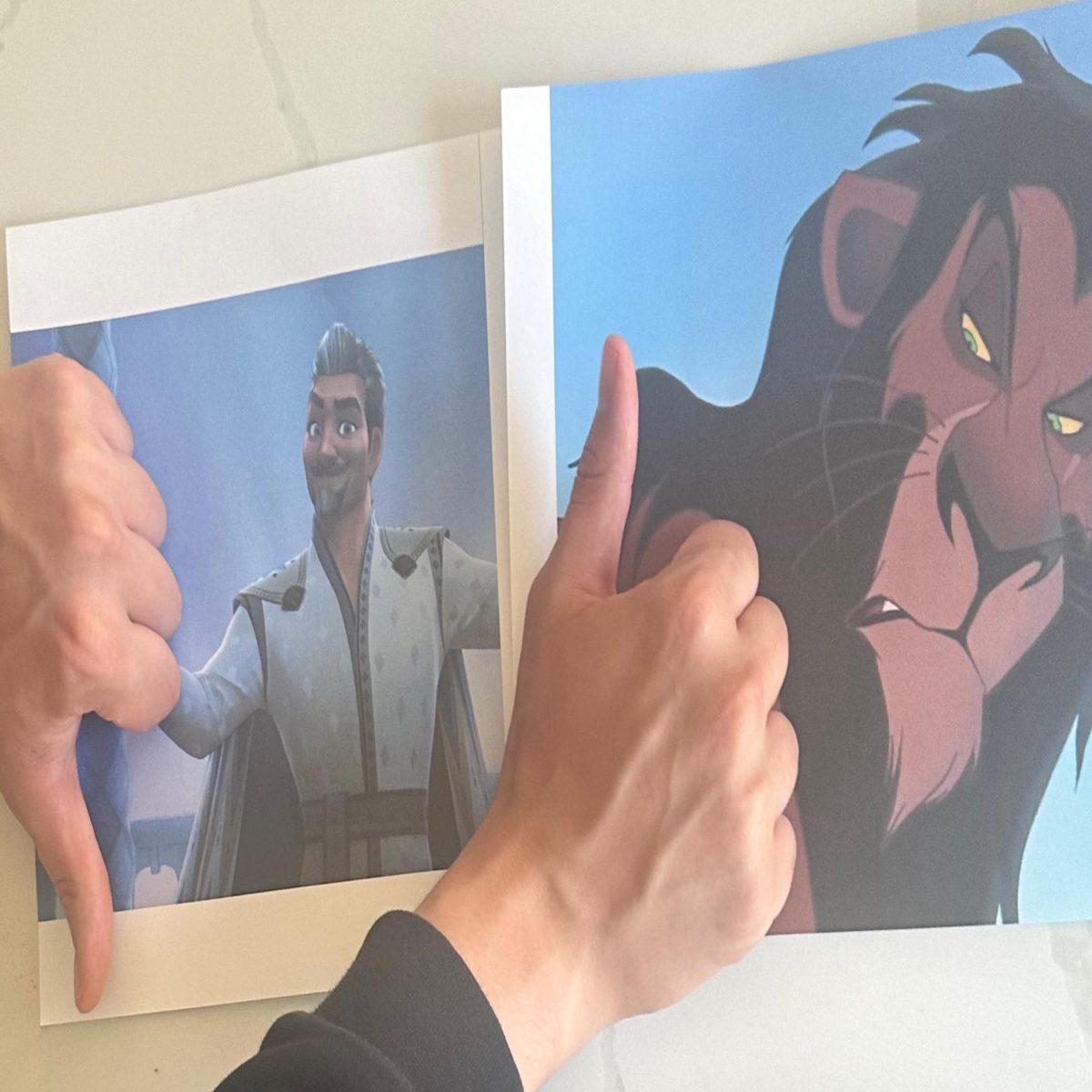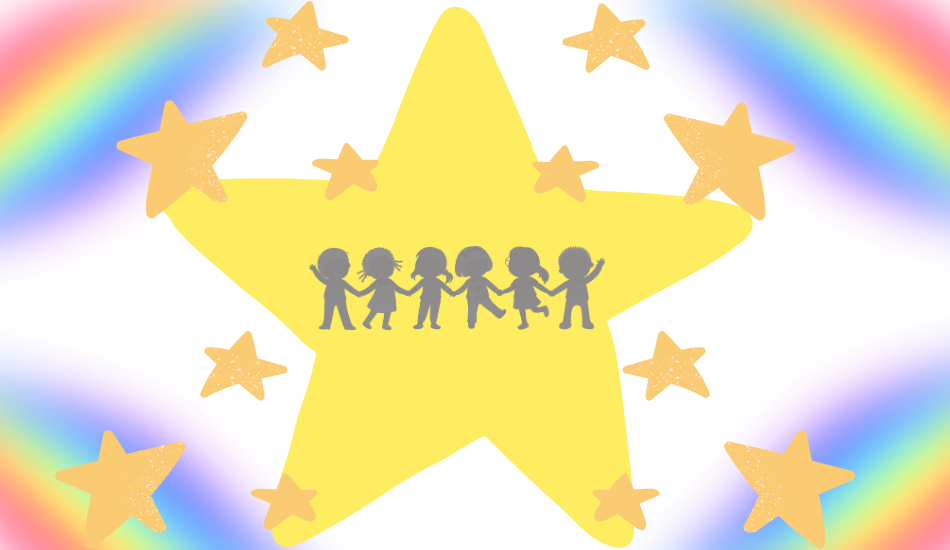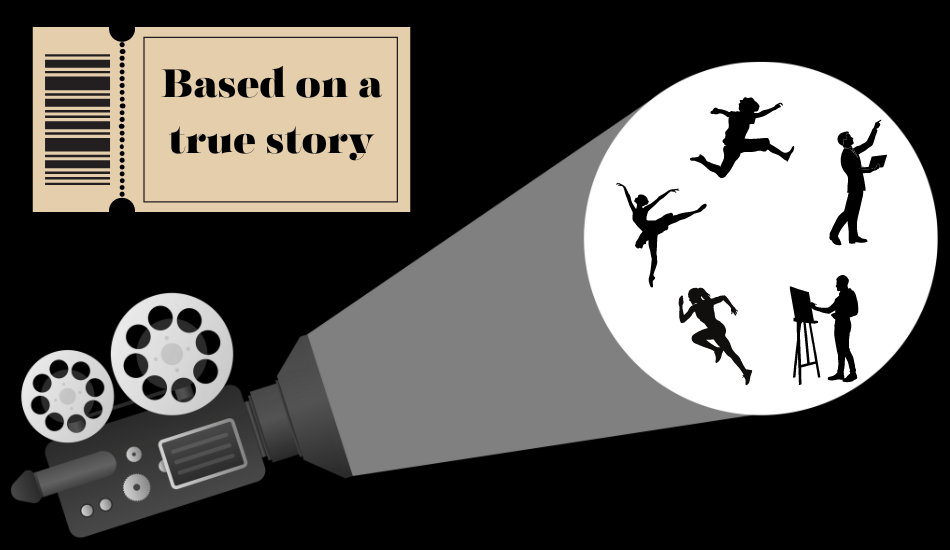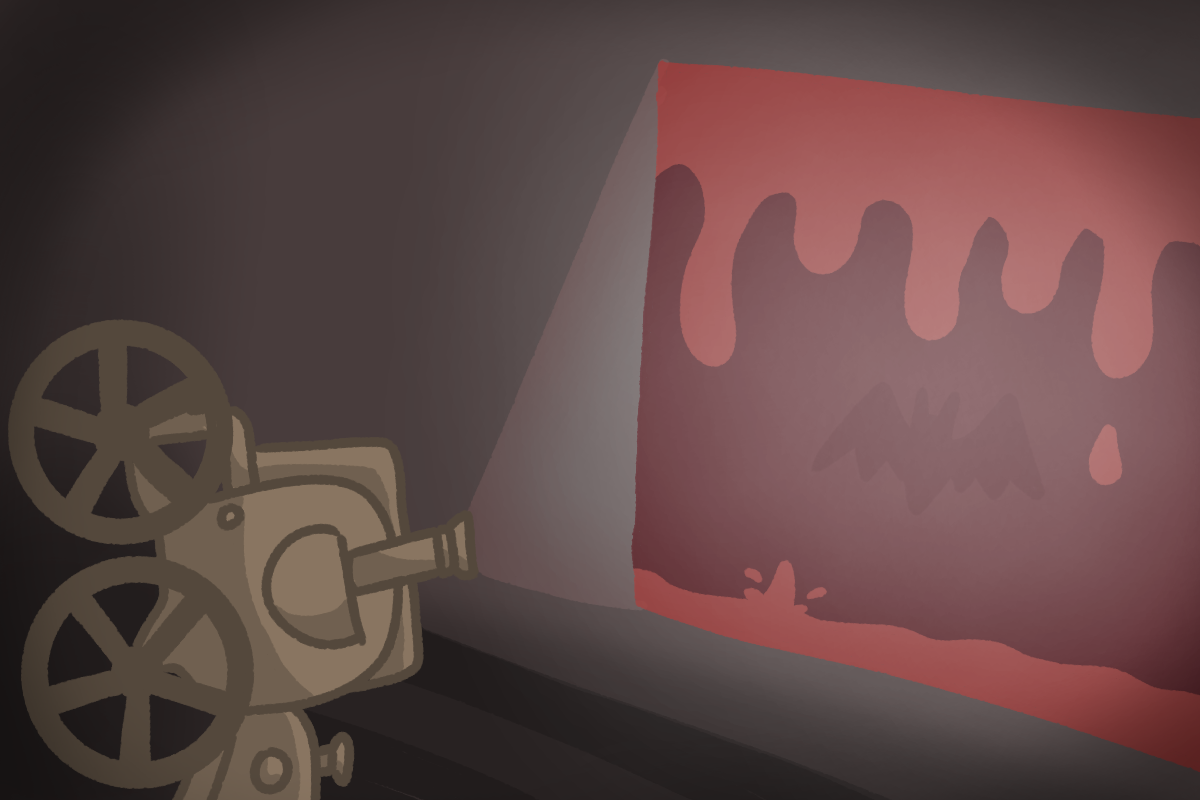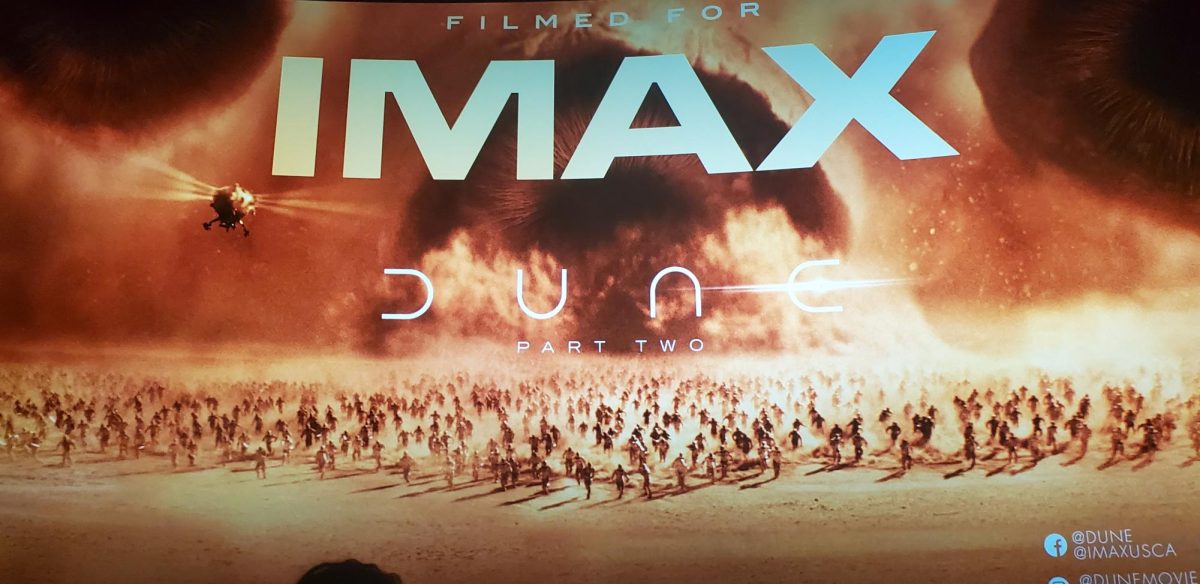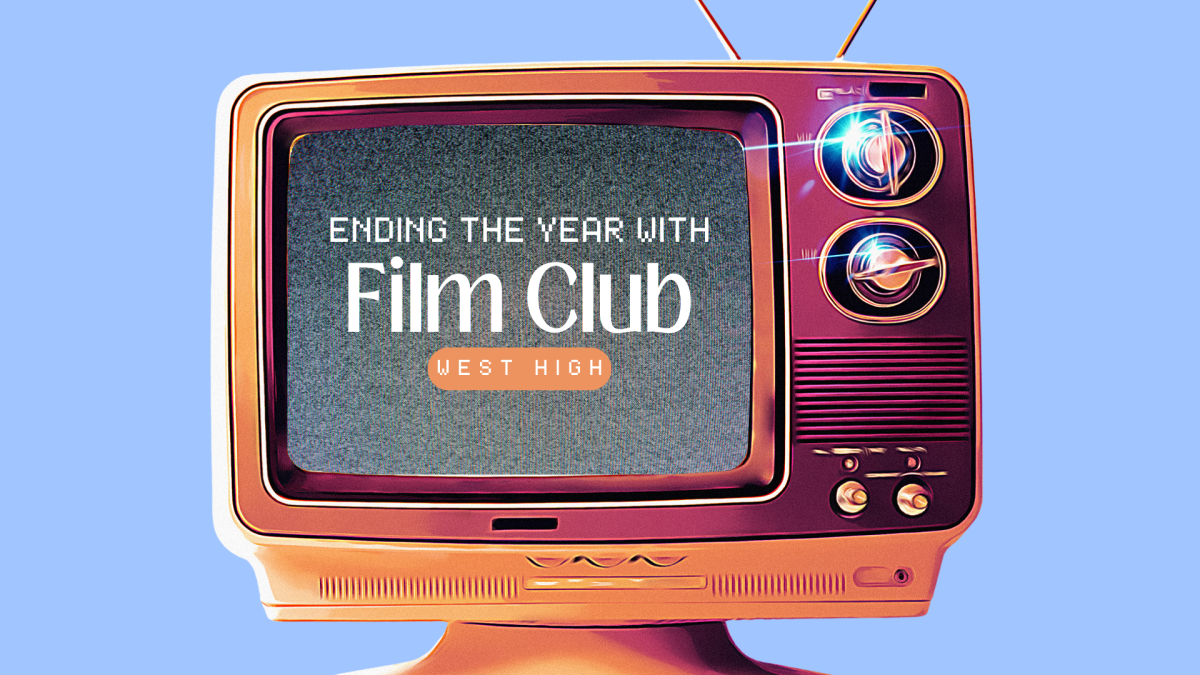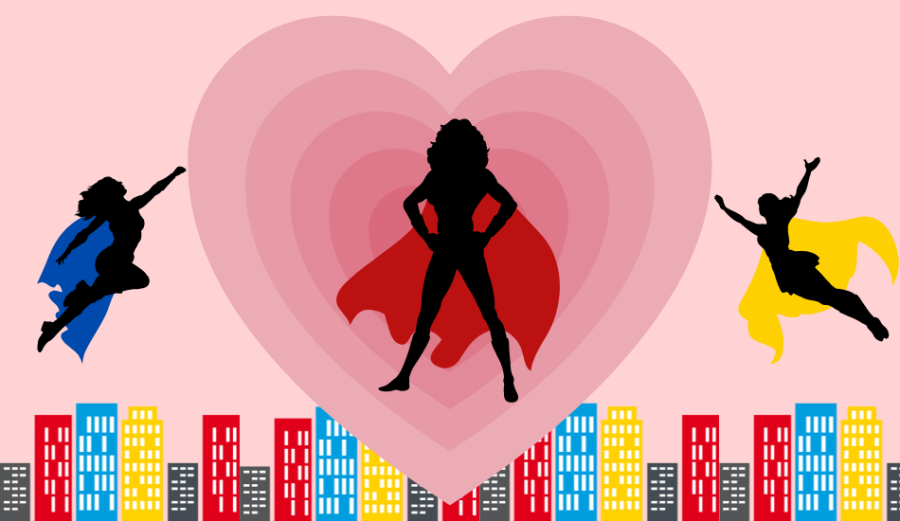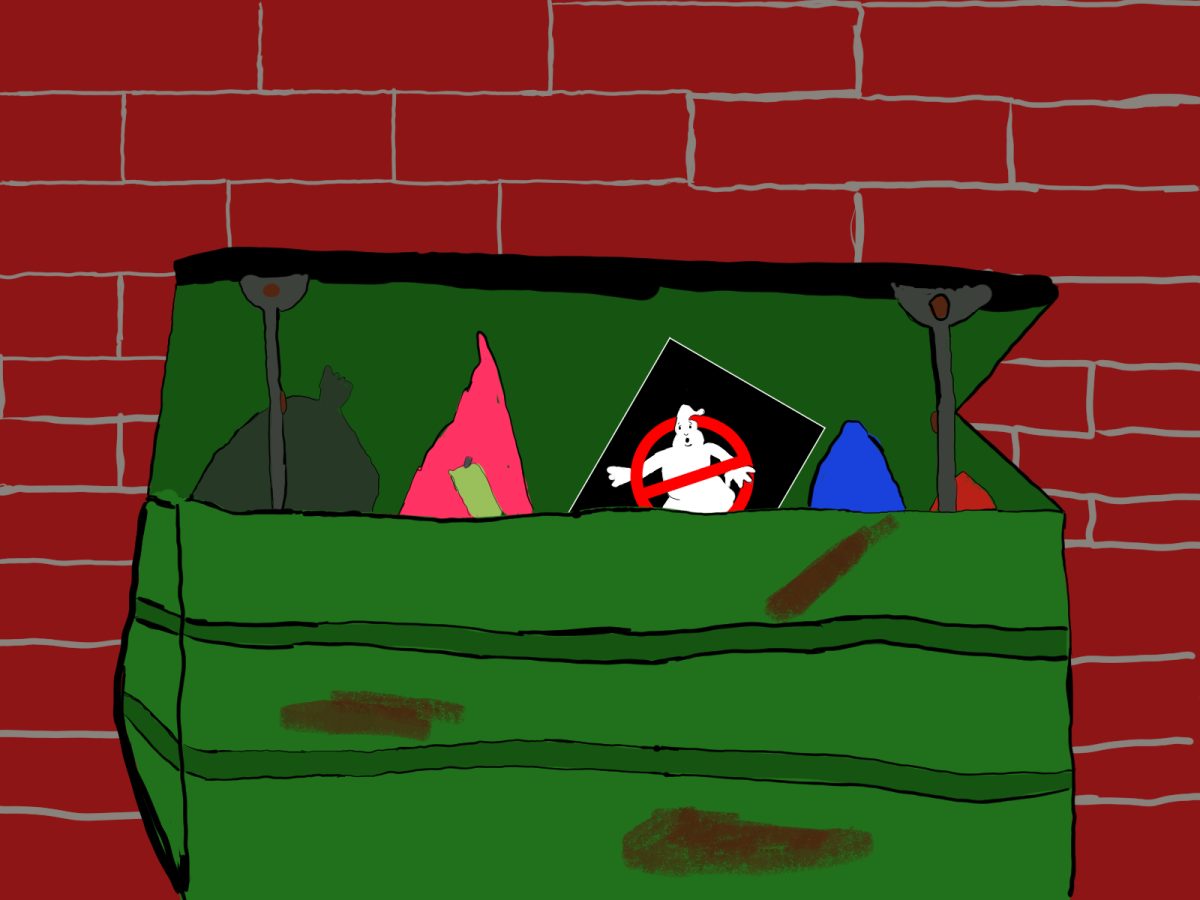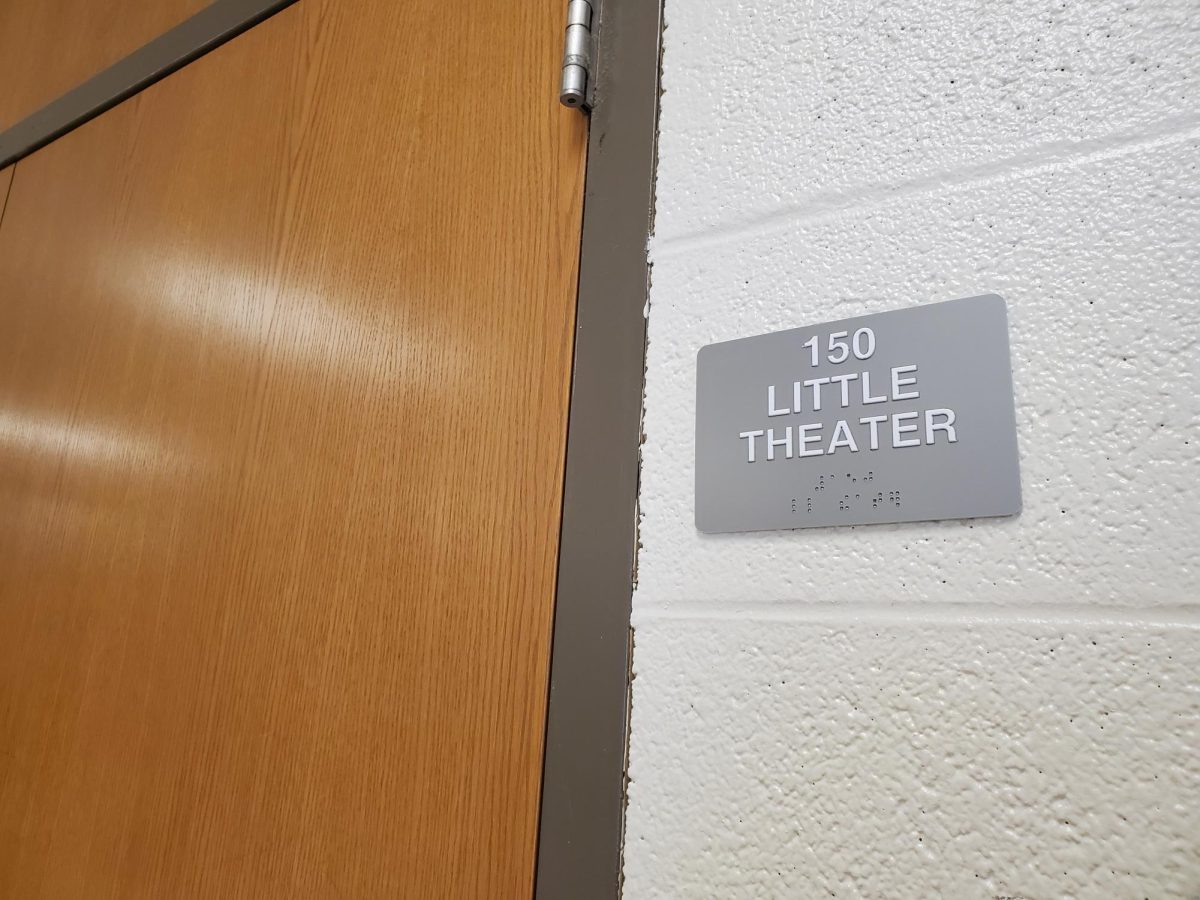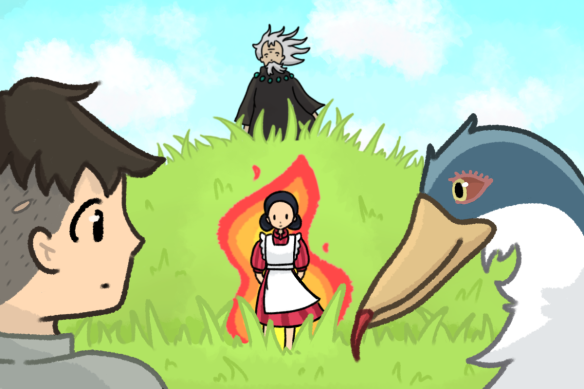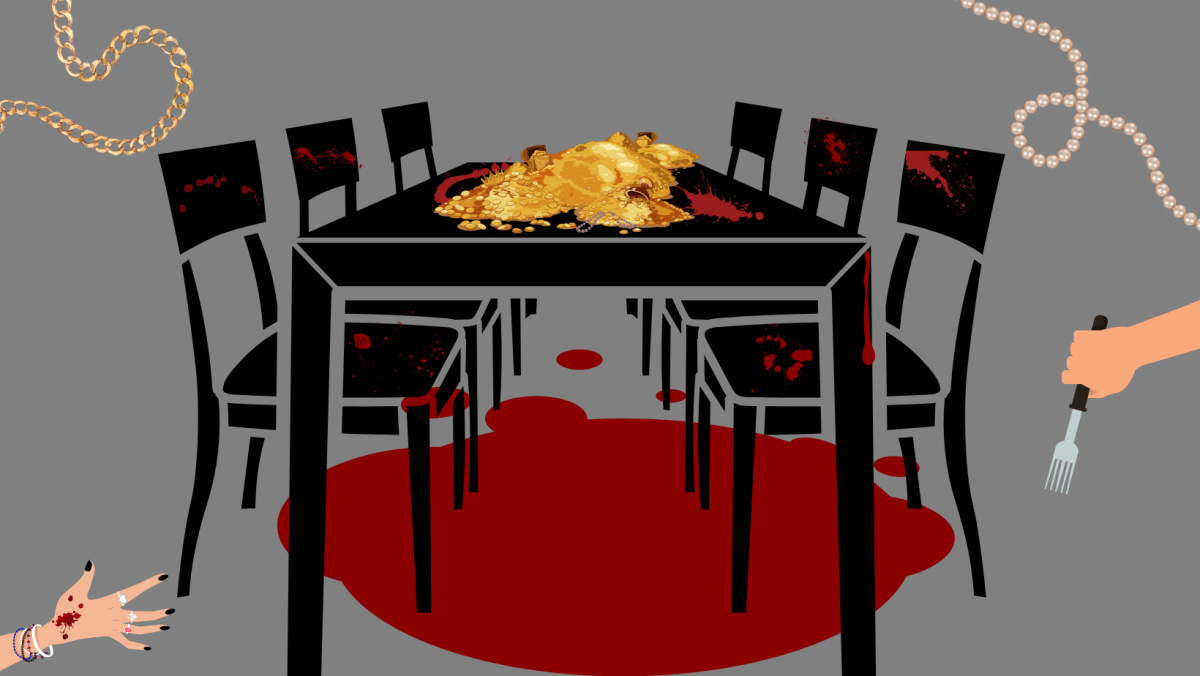Introduction
“The Ballad of Songbirds and Snakes” is the long-awaited prequel to “The Hunger Games” series. The film had a budget of 100 million USD and has quickly made it up, already making 243 million and counting. It has an incredible cast with big names like Rachael Zegler who is best known for the award-winning musical “West Side Story,” Peter Dinklage who played Tyrion Lannister in “Game of Thrones” and Viola Davis; a member of the small group of people to win an Oscar, an Emmy, a Tony and a Grammy award. Popular pop artist Olivia Rodrigo even made a song for the movie.
While critics seem to agree that the movie is subpar, public opinion has been very divided so far. Some fans love the movie and are already creating theories, fan fiction and cosplays, but others are outraged. Many feel that it strayed too far from the books in their attempt to make the film more digestible.
Plot synopsis
In “The Ballad of Songbirds and Snakes” the story of Coriolanus Snow and Lucy Gray Baird is told. Lucy Gray is a teenage girl from District 12 who was reaped into the 10th Annual Hunger Games. Coriolanus Snow is a teenage boy from the Capitol with no money and the imposing image of his late father to live up to. He’s chosen to be the mentor of the flamboyant and rebellious Lucy Gray, with a cash prize his family desperately needs if she wins the games. The movie follows them as they fight, both literally and figuratively, against their circumstances.
Overall opinions
In our opinion, the movie was solid, especially for a prequel. There were definitely some pacing issues but that’s to be expected in an almost three-hour-long movie. The acting, writing, production and sound design made for an enjoyable and occasionally compelling film. Unlike many prequels, it does a good job of adding context and nuance to the earlier movies without being obnoxious or unoriginal. Our criticism for the movie is less about the movie itself, and more about the concerning reaction it garnered from a large subset of the population.
Societal importance
“The Hunger Games” series is a well-known and well-referenced example of popular media calling out oppressive governments, social inequalities, the dehumanization of “lower” social classes and the moral conflicts of suffering as a form of entertainment. The original books served as a wake-up call to countless people about the injustices of our world, but they also brought to life one of the most infamous fandoms in recent history. People were idolizing Katniss, wearing their hair in a braid, learning to shoot a bow and putting a mockingjay pin on their backpacks. It was perhaps naive but well-meaning. By idolizing Katniss they idolized what she stood for, rebellion, freedom from oppression and equality between social classes.
The games themselves were hated, and the person who ran them, President Snow, was hated even more. In the original Hunger Games book and movie series, he was undoubtedly a villain. He was a manipulative and ruthless man who committed countless atrocities including torture, brainwashing and mass murder to keep Panem under his control. Back in 2012, it would’ve been practically impossible to find just one “President Snow sympathizer,” but nowadays, they’re much more common.
Toxic portrayal of President Snow
The classic bad-boy trope isn’t really present in Coriolanus Snow. He’s portrayed as a relatively nice and well-liked guy up until things really start to get going. At the very start of the movie, the filmmakers give him a sad little backstory where he’s an orphan and he scrounges for food with his cousin in the bombed-up Capitol. Right from the very beginning, we’re being set up to feel bad for him. Then, we watch him grow up into the charismatic, intelligent and handsome young man we see in the movie. He’s a very likable character and it’s obvious that we’re supposed to be rooting for him. His main conflict is choosing between living up to his father’s legacy and succeeding in the capital or following his heart and treating the districts like humans.
If you watched “The Hunger Games,” it’s no spoiler to say that he chose the first option. We went into this movie knowing that Snow was a bad person, yet just because the actor who plays him (Tom Blythe) is conventionally attractive, the fandom collectively thought “I can fix him.” It was easier to remember all of the horrible things he does when he’s a wrinkled old man or just words on paper.
Comparison with the book
As cliché as this sounds, the book is better than the movie. It’s impossible to translate internal monologue onto a screen without constant narration, which was fundamental to the book with Coriolanus Snow’s character being altered and much less well-developed due to the loss of his stream of thought. This makes his reaction to things make less sense, as well as scenes being changed entirely. For example, in the scene where Lucy Gray sings “Pure as Driven Snow,” Coriolanus follows Sejanus and walks off to the back rooms of the Hob. In the book, he doesn’t do this, and his obsession with Lucy Gray is reinforced by this scene in the book while the movie operates more to show his priorities jumping from Lucy Gray to the politics he was raised for and would ultimately choose over her.
Soundtrack
Something that the movie does incredibly well, though, is the music. The score is good but what stands out are the songs Suzanne Collins originally wrote that were recorded for the movie are phenomenal. The folky, hauntingly beautiful songs the Covey band plays are so much fun to listen to. Rachel Zegler has a very rich voice that’s perfect for the songs in the movie and she belts the songs out with her whole heart.
It’s hard to accurately translate a five-hundred-page novel into a three-hour movie, which is something the “Ballad of Songbirds and Snakes” struggles with in terms of which characters to cut, pacing each part of the book in the movie and what to prioritize as pivotal moments. Overall, the movie does a solid job and it’s worth the watch if you’re a fan of the original series.




